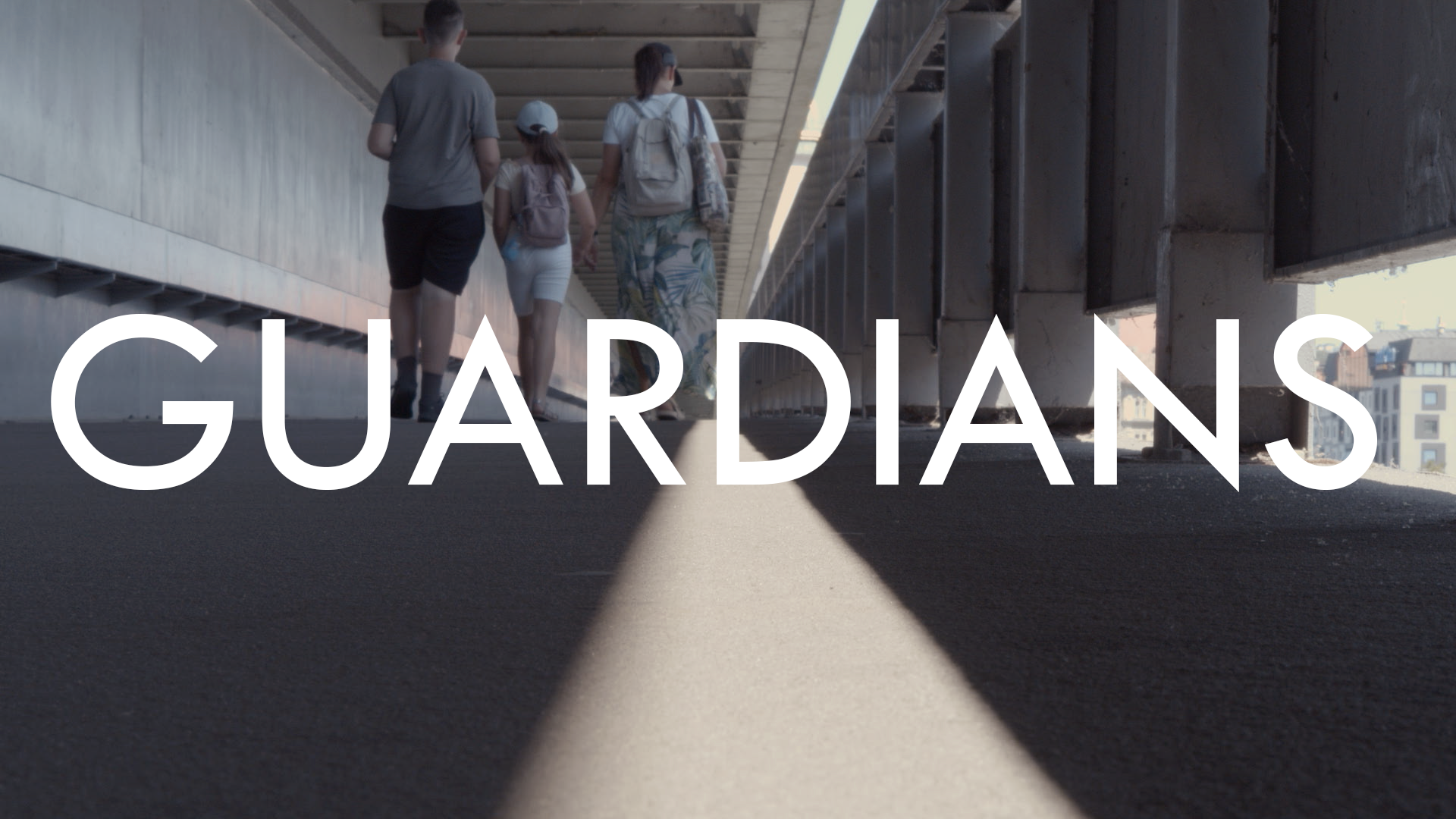EU migration policies and gaps in national child protection systems
What challenges do children in migration face in the EU, and how to overcome them? Eurochild releases a policy briefing on the current situation.
Following the migration influx in 2015 and 2016 (whereby more than 1.3 million people - mainly from Syria- arrived in Europe), the EU introduced the Communication on the Protection of children in migration in 2017, which included information on how to better protect children arriving in the EU. According to this communication, children in migration cover “all third country national children […] who are forcibly displaced or migrate to and within the EU territory, be it with their (extended) family, with a non-family member (separated children) or alone, whether or not seeking asylum.”
While many children are fleeing with their families/guardians, many are unaccompanied minors who have entered the EU without their families or guardians. In 2020, 13,600 unaccompanied minors were applying for asylum in the EU. This number is lower compared to figures from 2015. However, the situation changed dramatically after February 2022 when Russia attacked Ukraine.
Russia’s invasion of Ukraine in February 2022 triggered another migration influx where mostly women and children were looking for safety in the EU. As of July 2023, almost 3 million Ukrainian children and young people had to flee war across borders into the EU. However, many Ukrainian children coming to the EU (and European countries, such as Moldova) could not be registered on arrival. Some EU countries struggled to register arriving children due to the unprecedented number of refugees arriving at their borders.
Considering the particular situation of children in migration, the European Union has introduced several measures and policies to support and guide children in migration, such as the EU Strategy on the Rights of the Child, the revision of the EU anti-trafficking directive, the European Child Guarantee and the Pathways to School Success programme.
Despite the many efforts that have been made to support the situation of children fleeing their countries, there are still several problems that need to be tackled to significantly improve the situation for children. Among others, ensuring right care and custodial arrangements for every unaccompanied or separated child, the gathering of sufficient data as well as meaningful inclusion and promotion of child participation are crucial gaps to be filled to improve the situation.
We have prepared a policy briefing for Eurochild members on existing EU policies and gaps in national child protection. If you’re already a member you can find in our Members’ Room:
If you’re still not part of our network, join us and get access to internal resources, opportunities, events, find partnerships across Europe and promote your work on our platforms!





